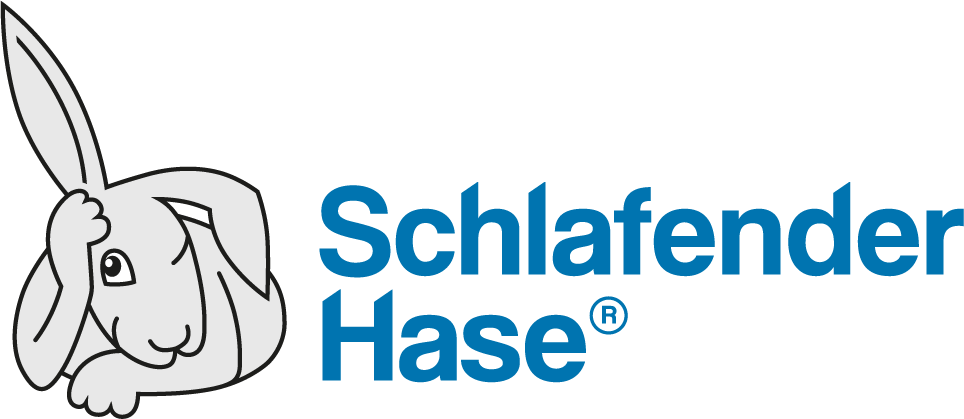Braille inspection on packaging is important for compliance
In the 1934 film classic “It’s a Gift” starring WC Fields, a blind, assertive Mr Muckle enters a grocery store waving his cane, wreaking havoc on breakables before exiting through the broken shop window with the words, “Who’s going to help me across the street?” It is possibly the most famous “blind” scene in any film, and achieves its effect by turning the seemingly helpless Mr Muckle into a self-confident, cane-waving threat to the shopkeeper.
If Mr Muckle entered a pharmacy almost 100 years later, would he leave with Braille text on the packaging of his medication? The answer is “yes” if he lived in the European Union (EU)[1], and “maybe” if he lived in the US.
The inclusion of Braille dots on the packaging and labeling of medicines has been mandatory in the EU since 2005. It is voluntary in the US, and in July 2023 the FDA denied citizens’ petitions to revoke the approval of two generic drugs that did not include voluntary Braille labeling (and arguably did not meet the “same labeling” requirement). [2] Studies indicate that Braille on packaging is useful, but also that poor quality Braille (or pharmacists covering it with stick-on labels) is a recurring problem.[3]
Challenges for those with visual impairment
Although electronic labeling (e-labeling), text-to-speech programs and other electronic aids are making life easier and safer for those with limited or no eyesight, there are good arguments for the inclusion of Braille on medicines. These include help in differentiating medications, and identifying dosages, which might add to other challenges such as dexterity (i.e. being unable to open a container) or coping with some dosage forms, such as liquids. Faced with these difficulties, the visually impaired become more reliant on caregivers, diminishing their independence. In many cases, this affects the aged, due to the onset of impaired vision as a gradual process.
Braille can eliminate at least part of the challenge, making life safer, easier and more inclusive for many patients.
Setting Standards
Braille is not a language but rather a method of reading and writing a particular language, and it therefore varies according to the different languages and alphabets. In the EU, Article 56a and amendments of Directive 2001/83/EC stipulate the following in Braille on the package:
- Name of the medicinal product
- Strength
- Pharmaceutical form
- Whether intended for babies, children or adults (if appropriate)[4]
It also stipulates “the package leaflet is made available on request from patients’ organisations in formats appropriate for the blind and partially-sighted.”
Key specifications are the so-called “Marburg” Braille specifications (e.g. Marburg Medium, Marburg Large), a set of embossing specifications that covers key aspects such as dot height and spacing. These are widely used and integrated into EU and North American standards. In 2010 the EU adopted the European Committee for Standardization (CEN) norm EN 15823, and a few years later this became the leading international standard when it was replaced by an identical ISO 17351:2013.[5] The Marburg Medium Braille specification is also the basis for European Carton Makers Association (ECMA) Braille guidelines and in the US the International Association of Diecutting and Diemaking (IADD) Can-Am Braille guidelines.
The challenge for carton manufacturers is to find the perfect balance between maximum legibility of the Braille embossing and the physical limitations of the carton itself (i.e. embossing without causing carton damage).
Ensuring Quality and Accuracy
Most proofreaders cannot read Braille. Nor can they read all foreign languages, let alone Braille in a foreign language. They therefore develop workarounds to come to grips with some of these challenges, like comparing the Braille characters to a chart, or copying Braille into Notepad (see here for more). We have also published an article on understanding Braille.
How Braille inspection works with TVT
TVT, the Text Verification Tool from Schlafender Hase is a software suite for automated proofreading, with a TVT core module for text verification, and add-on modules for TVT Artwork, TVT Spelling and TVT Barcode.
The core module allows proofreaders to inspect Braille in PDF files (or any other file containing Braille) in seconds for Braille content and positioning on packaging (e.g. in relation to artwork graphics). This is crucial to quality in regulated industries and may affect product compliance.
Braille content can be verified in any language, and all actions are documented in a final report, which provides accountability. Comment functions in TVT and the final report are especially useful when dealing with multiple language versions across different subsidiaries. For example, Braille may be initially inspected for legibility in a non-native language of the coordinating proofreader, and subsequently forwarded to a native speaker in a subsidiary in order to proofread the content itself and make any changes.

A new report with any changes to the Braille can be generated and returned to the coordinating proofreader. The result is a simplified workflow with high accountability within the workflow for the Braille, along with other labeling and packaging text, spelling (TVT Spelling), artwork (using TVT Artwork) and barcodes (using TVT Barcode).
Braille inspection is just one of the fast and effective ways TVT helps to ensure compliance in the pharmaceutical industry. Contact us to find out more.
- Directive 2001/83/EC, and 2004/27/EC. See https://eur-lex.europa.eu/legal-content/EN/TXT/?uri=CELEX%3A02001L0083-20220101
- The “same labeling” requirement is in 21 U.S.C. § 355(j)(2)(A)(v). See https://www.govregs.com/uscode/expand/title21_chapter9_subchapterV_partA_section355#uscode_9
- https://www.psa.org.au/wp-content/uploads/2022/07/PSA_DISABILITY-Report_2022_DIGITAL-FINAL.pdf
- https://eur-lex.europa.eu/LexUriServ/LexUriServ.do?uri=OJ:L:2004:136:0034:0057:en:PDF, also see http://academy.gmp-compliance.org/guidemgr/files/Braille_text20050411.pdf
- https://www.beuth.de/en/standard/din-en-iso-17351/215472332





